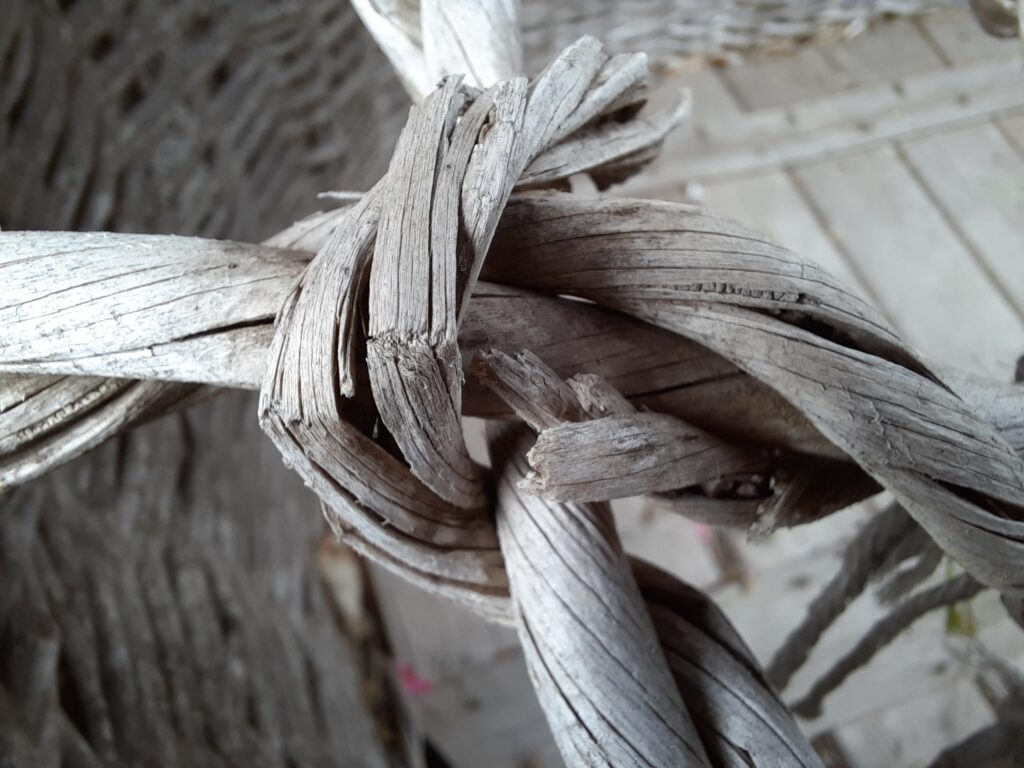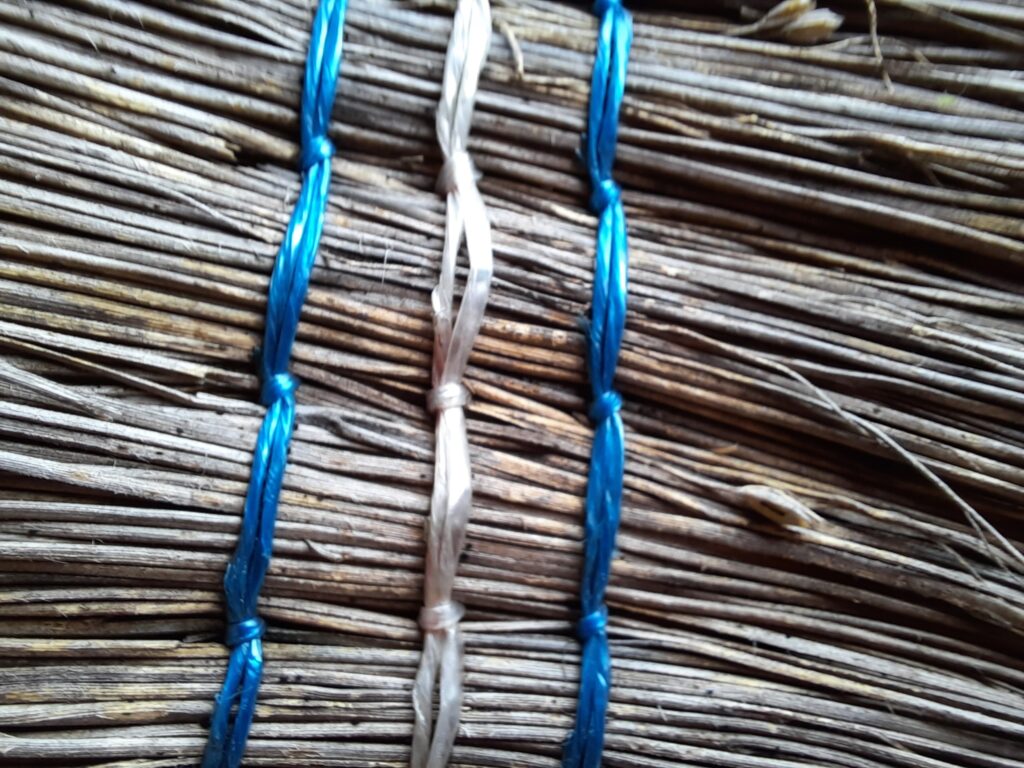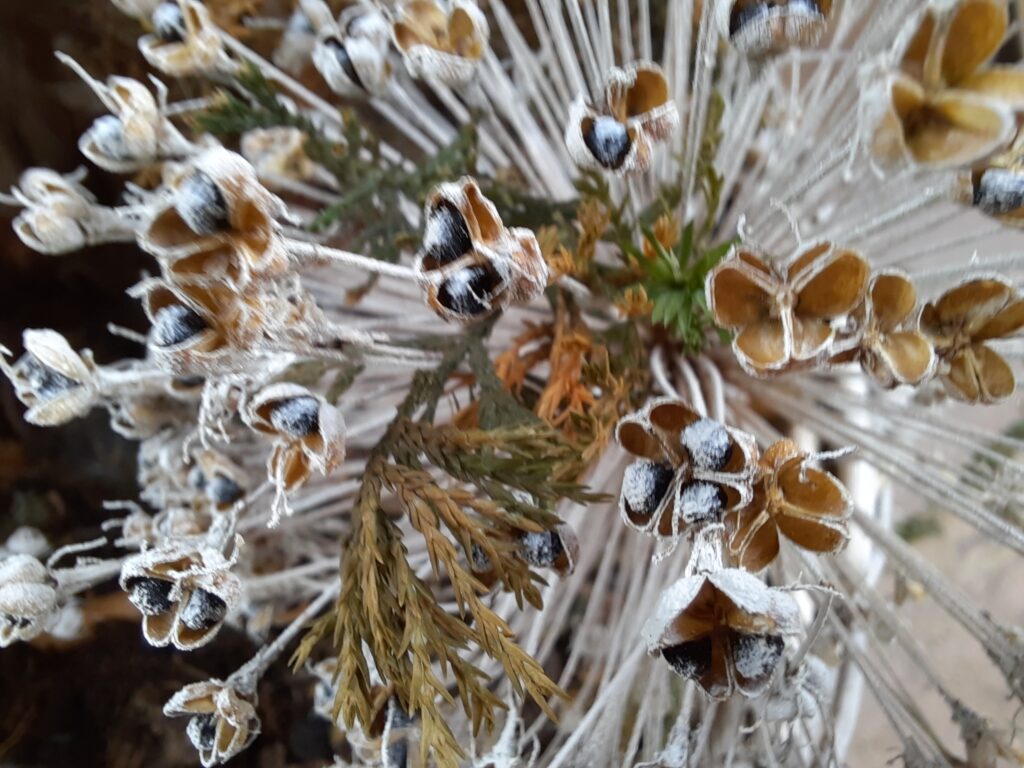While on vacation, I developed an interest in macro photography. I am not a photograher and I only have a mobile phone, but here are a few results. Feedback welcome.






While on vacation, I developed an interest in macro photography. I am not a photograher and I only have a mobile phone, but here are a few results. Feedback welcome.






Hello! I promised some feedback so here it goes. 🙂
I really like the first and third photo. They both have most of the detailed texture in one plane (#3) or the background and burred area is in proportion and far enough from the area of focus so that it doesn’t distract from the beauty of the object (#1) Great textures and composition in both! The little colorful ribbons in #3 look cheery against the strict lines of the material (wicker? branches? hay?) and the image is really calming to look at as it is suitably minimalistic for a macro.
#2 has a pretty composition as well, beautiful colors. In here, I think that some of the petals stand out from the plane/area of focus in the middle of the picture so that they make it feel slightly unintentionally blurry: since they are right in the middle of the picture and the difference of sharpness between them and the ones in the focused area is not easy to see, it forces the viewer to squint a little which can be disorienting. This image would be interesting to see in either larger depth of field (sharp petals from very front to the middle of the flower) or a much narrower depth of field which would almost completely blur away the parts that are sticking up: this would give a kind of a sharp, round slice of the flower with blurry spots on top and a blurry background around it.
I would similarly try photographing a composition like #4 with a really narrow depth of field so that the object of interest is in one plane and everything else blurs away (farther or closer to the camera than what you are focusing on. )
Side-note 1: As I mentioned on Twitter, I’m an occasional hobbyist. 🙂 I don’t own an actual dedicated macrolens, but instead combine extension tubes with my regular lenses. Extension lenses give the ability to focus on objects that are much closer to the camera than the lens‘ regular distance, which allows further zooming into a object, with the expense of decreased light power, leading increasing exposure times.
Side-note 2: Cellphone cameras typically have wide-angle lenses. This can be used for additional effect by embracing anything looking a bit fish-eyelike (round shapes, distortion on the edges), or corrected with a suitable postprocessing program.
I hope some of this was useful 🙂 Good first plunge into macro!